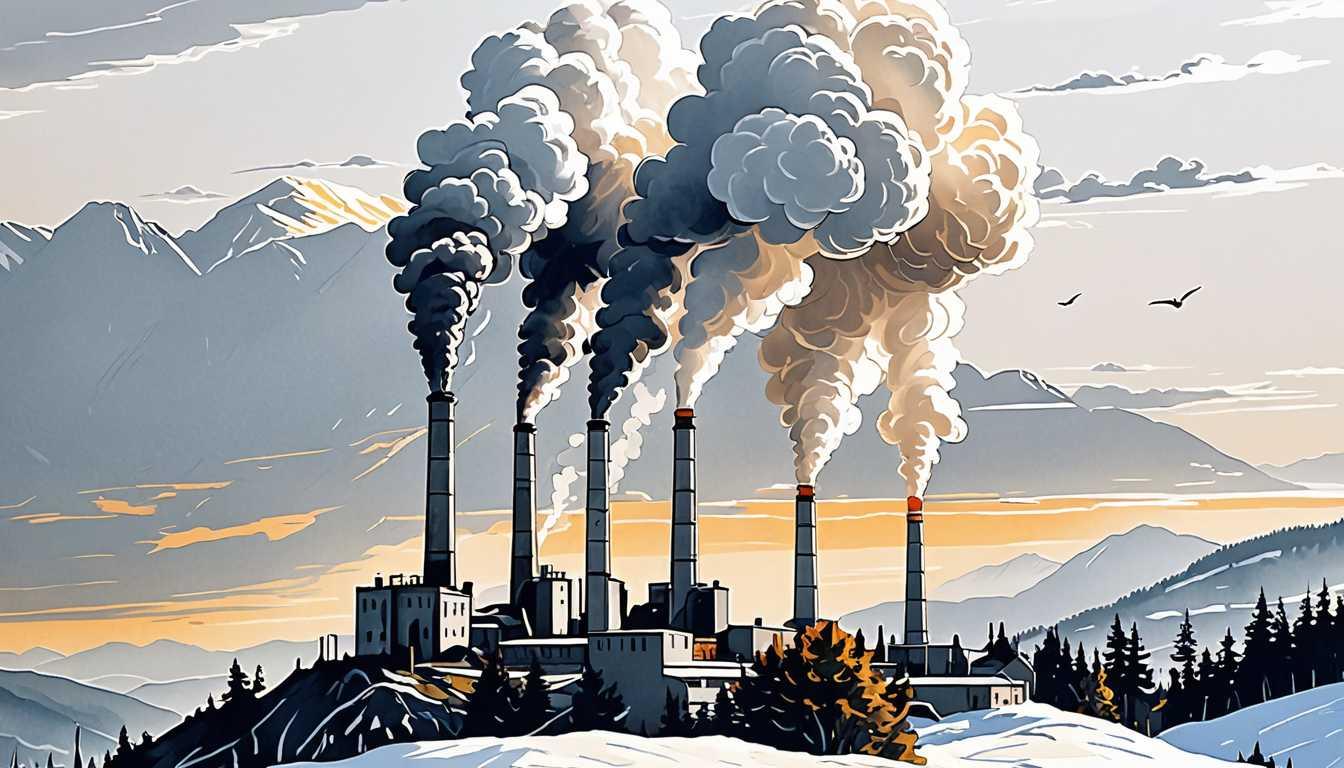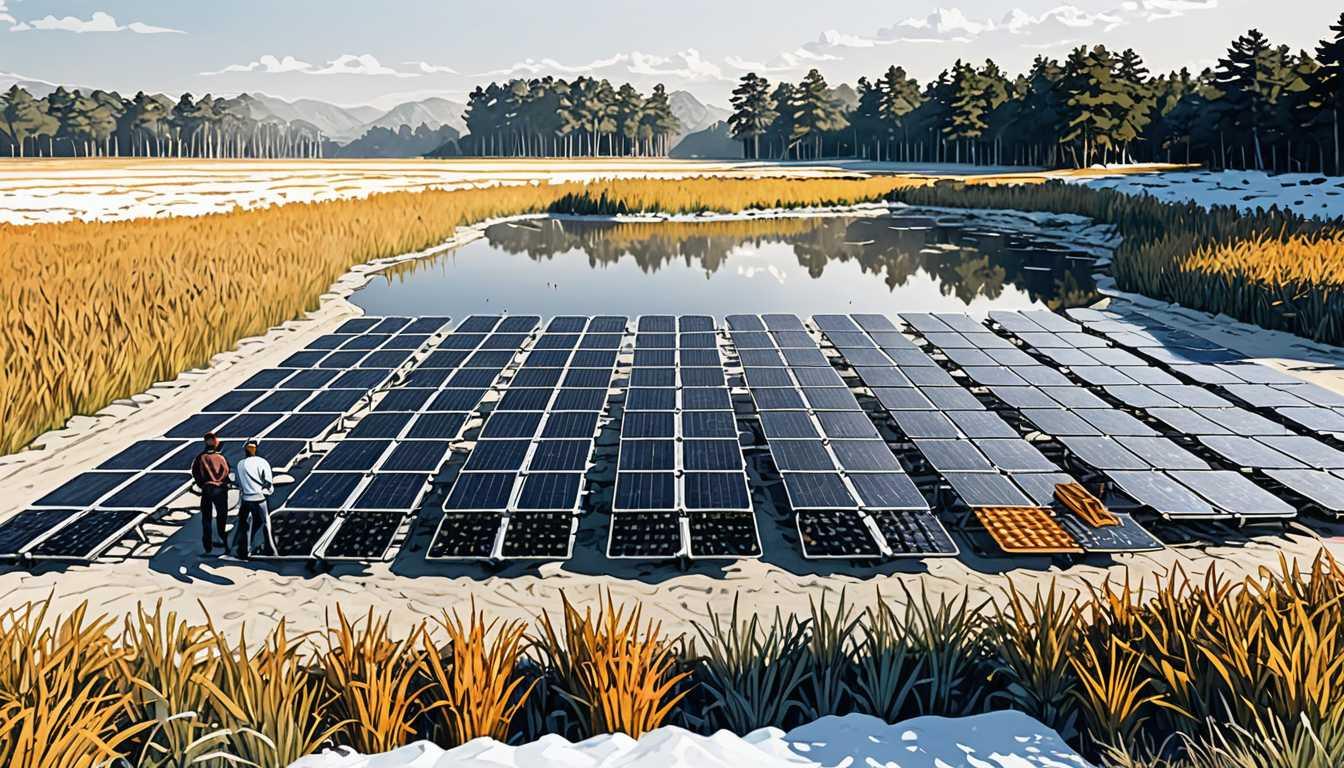Land: The Key to Climate Success
November 2024
MIT News
Introduction
Hey there, eco-warriors! Ever wondered if our planet has enough land to tackle climate change and still serve up dinner? A fascinating article from MIT News explores just that! It dives into how we can reallocate land for clean energy, bioenergy, and food production while keeping our ecosystems healthy. With some transformative changes in policies and practices, we can meet the demands of a 1.5°C world. So gear up and check out how we can save our planet—one hectare at a time!
READ FULL ARTICLEWhy It Matters
Discover how this topic shapes your world and future
Unlocking the Secrets of Our Planet's Future
Understanding the delicate balance between land use and climate change is crucial, especially as we aim to limit global warming to just 1.5 degrees Celsius. This topic touches on several important concepts, including greenhouse gas emissions, sustainable practices, and the need for clean energy. As the world grapples with climate change, the choices we make about land management will have lasting effects on food security and the health of ecosystems. Exploring this topic is not just about science—it's about envisioning a future where humans and nature coexist harmoniously. By understanding how we can utilize land both for energy production and carbon capture, you can better appreciate the role each of us plays in fostering a sustainable planet.
Speak like a Scholar
Greenhouse Gases
Gases in the Earth’s atmosphere that trap heat, contributing to global warming. Examples include carbon dioxide (CO2) and methane (CH4).
Biodiversity
The variety of living organisms in a particular ecosystem, which is essential for maintaining ecological balance and resilience.
Carbon Sequestration
The process of capturing and storing carbon dioxide from the atmosphere to reduce its impact on climate change.
Afforestation
The act of planting trees in an area that has not previously been forested to create a new forest.
Ecosystem Services
Benefits provided by natural ecosystems, such as clean air, water, and pollination, that support life and human activities.
Sustainable Practices
Methods of using resources that meet current needs without compromising the ability of future generations to meet their own needs.
Independent Research Ideas
The Role of Technology in Sustainable Agriculture
Investigate how innovations like precision farming or vertical farming can enhance food production while minimizing environmental impact.
Comparative Study of Renewable Energy Sources
Analyze the effectiveness of various renewable energy sources (like solar, wind, and bioenergy) in reducing greenhouse gas emissions.
Impact of Deforestation on Local Ecosystems
Explore how cutting down forests affects local flora and fauna, and what can be done to mitigate these effects through reforestation efforts.
Consumer Behavior and Sustainability
Examine how consumer choices influence land management and climate change, and the potential for education to shift these behaviors.
Global Policies for Climate Mitigation
Research the effectiveness of different national and global climate policies in reducing emissions and promoting sustainable land use.
Related Articles

Meet the Digital Forest Ranger!
October 2024
MIT Technology Review

The Hidden Gases of Climate Change Explained
September 2024
MIT Technology Review

Microplastics: A Global Journey Unveiled
May 2024
Cornell News Highlights

Contrails: The Unexpected Climate Culprits
August 2024
Imperial College London

Floating Solar: The Hidden Emissions Dilemma
January 2025
Cornell News Highlights